Last Updated on June 11, 2024
In March of 2019, writer and director Larry Cohen passed away at the age of 82, leaving behind over sixty years of work that fans of film and television will continue to enjoy for many decades to come. Among Cohen’s credits were some awesome genre films; for example, he wrote the Maniac Cop movies, and directed The Stuff. In this episode of the Best Horror Movie You Never Saw video series, we’re taking a look back at the first horror film written and directed by Cohen, the 1974 killer baby classic It’s Alive (watch it HERE)… Yes, you heard correctly – this movie is about a killer baby, and it’s great.
CREATORS / CAST: Larry Cohen got his start in the entertainment industry at a young age, earning his first writing credits on TV shows when he was in his early twenties. Television work dominated his résumé for a decade, and along the way he even created the popular but short-lived Western series Branded, which starred Chuck Connors. Cohen started getting feature gigs here and there, making his film writing debut with 1966’s Return of the Seven, a sequel to The Magnificent Seven. Film work eventually overtook TV work, and in 1972 Cohen made his directorial debut with the dark comedy Bone. The following year, he teamed up with Fred Williamson for Black Caesar, a Blaxploitation film which was so successful that a sequel titled Hell Up in Harlem was rushed into production, even though Williamson was already working on another movie at the same time. Williamson would only be available on the weekends; so while Hell Up in Harlem filmed on Saturdays and Sundays, Cohen spent the other five days of the week directing It’s Alive.
Cohen was in his late thirties by the time he made It’s Alive, but said in interviews that the idea first occurred to him when he was a teenager. He developed the idea after observing the behavior of babies and seeing how angry and frustrated they get, figuring they could be dangerous if they could act out when they were experiencing those intense emotions. Like if a mutant baby were to be born with fangs and claws…
The poor parents he saddled with this little monster are Frank and Lenore Davis, played by John P. Ryan and Sharon Farrell. We first meet them the moment Lenore starts to go into labor, and on their way to the hospital we see that this is their second child; they already have an 11-year-old son named Chris, played by Daniel Holzman. While the Davises will later admit that they considered aborting this second child, by the time it’s being born it’s clear that they’re excited to be adding to their family. This is especially evident in the fact that Frank’s “dorky dad” mode has shifted into overdrive. He speaks to his son in an old cowpoke voice, he goes on about his Irish heritage to a Scottish nurse. This excitement will be replaced by terror once the baby is born and proceeds to slaughter every medical professional in the room, before managing to escape the hospital on its own.
Even after seeing the baby and what it’s capable of, Lenore still has the maternal instinct. She cares about the baby, she’s worried about it, she doesn’t want it to be hurt – meanwhile, it’s crawling around Los Angeles, claiming more victims, while the authorities conduct a desperate search for it, the police officers fully prepared to use deadly force when they find the baby. Frank has the opposite reaction to the child. He immediately denounces his offspring, repeatedly says that this baby is no relation to his family, and says he doesn’t care what happens to it. In fact, it’s obvious that he’ll feel a lot better about the situation once this baby is found and killed.
The baby itself, we don’t see a lot of. Sure, we know it’s out there killing people and we know that it’s trying to be reunited with its family – it goes to the school Chris attends, it tries to find its way to the Davis home – but Cohen only shows it in fleeting glimpses. He originally didn’t intend to show the baby at all, but he still contacted special effects artist Rick Baker and asked him to create a dummy baby so he could have something on the set for the cast to react to. Even a costume that could be put on a cat or a chicken would have been fine by Cohen. Drawing inspiration from the look of the Starchild in 2001: A Space Odyssey and mixing it with the appearance of a wolf, Cohen drew a picture of what he wanted the baby to look like… and when he saw the articulated dummy Baker made based on that design, he was so happy with it that he decided he was going to show the baby on screen after all.
This required the addition of another cast member. Not only did Baker provide a dummy, he also created a mask, gloves, and shoulder pieces that could be worn by an adult actor for moments when the baby, or parts of the baby, are seen in close-ups. Those baby costume pieces were worn by Baker’s then-girlfriend and future wife Elaine Parkyn. Since Baker worked out of his garage, his girlfriend was the most convenient person to put these things on, so she ended up crawling around the It’s Alive set wearing a partial monster baby costume. And if a significant other is willing to do that for you, how can you not marry them?
BACKGROUND: The production of It’s Alive seems to have gone rather smoothly. The biggest challenge was, of course, that Cohen was making Hell Up in Harlem simultaneously. The casts of the two films were almost completely different – James Dixon is in both movies, because he was in almost everything Cohen made – but most of the crew that was working on It’s Alive during the week continued working through the weekend on Hell Up in Harlem. Cohen described this aspect of the production as, “a madhouse. The poor editor didn’t know from one day to the next what picture he was cutting. He wasn’t sure what he was doing, but I was standing there next to him, so he got through it.” He said this wasn’t a situation he would recommend to other people, but he made it work.
There wasn’t any serious trouble until It’s Alive was completely finished and delivered to the distributor, Warner Bros. The feeling from the executives in charge at the time was that they thought a movie about a homicidal mutant baby was beneath them, an attitude that baffled Cohen because Warner Bros. had just enjoyed massive success with a movie that featured a young girl jamming a cross into her crotch. You know the one, a heartwarming drama called The Exorcist. Cohen didn’t understand how his movie could be considered to be in bad taste in comparison to something like that. But while It’s Alive was released and had some success internationally, when it was first released in the United States in 1974 it was given little publicity and was buried at the bottom of double and triple features at drive-ins and grindhouse theatres.
The film’s luck began to change in 1976, when new executives took control of Warner Bros. Specifically, Cohen credited Arthur Manson with saving his film. Manson was hired as the VP of Marketing and Distribution at Warner Bros. Worldwide in ’76, which immediately gave Cohen hope because Manson had turned the 1971 killer rat horror film Willard into a colossal hit by conducting what was referred to as “the first highly publicized case of market research in the movie ad business”. A killer rat movie had been considered difficult to market, but Manson figured out exactly the right way to draw in the largest audience possible. Sure enough, when he arrived at Warner Bros. and got his hands on It’s Alive, he was able to turn Cohen’s killer baby movie into a hit as well, giving it a re-release a couple years after the former executives had tried to ignore it. By the end of its second theatrical run, which was boosted by a memorable marketing campaign, It’s Alive had pulled in 38 million dollars at the box office. Enough that Warner Bros. gave Cohen the greenlight for a sequel, It Lives Again, that was released in 1978. Another sequel, It’s Alive III: Island of the Alive, followed in 1987, and it’s no surprise that It’s Alive was also given the remake treatment once we reached the 21st century. Unfortunately, the remake that was released in 2009 was far off from the source material and Cohen was not happy with it at all, saying it was “beyond awful”.
The original It’s Alive achieved modern classic status by the end of the ‘70s, and it still endures as a cult classic to this day. The sequels have certainly helped it remain in the public consciousness. It may have been easy for one killer baby movie to slip into obscurity, but it’s tougher to forget a killer baby movie that spawns two sequels and a remake. A couple years ago, Scream Factory did their part in making sure It’s Alive will stay alive by giving Cohen’s original trilogy a special edition Blu-ray release. They did the same thing for the original Willard, its sequel Ben, and the 2003 Willard remake, so these killer baby and killer rat movies continue to be tied together in some way all these decades later. I’m sure Arthur Manson would be proud.
WHAT MAKES IT GREAT: The basic concept of a mutant baby that can massacre a roomful of adults and get around Los Angeles on its own is absurd, but It’s Alive works because Cohen doesn’t treat the subject as a joke. The movie does have a dark humor to it, but the situation is still treated as the tragedy that it would be if this actually did happen somehow. There is nothing humorous about the emotional turmoil Frank and Lenore Davis endure after the birth of their second child; Cohen takes a serious and realistic approach to presenting the unrealistic scenario. It’s devastating to see what these people go through, and Ryan and Farrell both delivered incredible performances.
As a result, we get a legitimately unnerving film out of an idea that most filmmakers would have turned into something over-the-top and silly. The depth of emotion the characters are feeling gives the film a dark and heavy atmosphere, even if we do occasionally cut away to scenes of the mutant baby attacking a woman who’s dressed up like a go-go dancer or making a mess of a milkman, or of cops drawing their guns on an innocent infant.
The situation is further complicated for the Davises by the fact that they try to shield their older son Chris from finding out what happened with the new baby. They have him stay with a family friend who keeps him from hearing the news, so it becomes difficult for the kid to understand why his parents won’t let him come home and meet his new sibling. If they did bring him home, how could they even try to explain this all to him without causing him serious psychological damage? And would he be safe at their home? The baby could be showing up at their door at any moment…
Cohen was determined to make the mutant baby something viewers could be scared of. He wanted to take the most innocent image of all, the least frightening thing in the world, an infant, and find a way to turn it into an object of terror. He thought this would be possible, because he knew that “Smaller things are somehow more frightening to us. People are afraid of a mouse or an insect, a roach or something sometimes will drive people into a frenzy of terror. Small things are the things that we fear that we come in contact with the most.”
In his endeavor to make the baby scary, he made sure not to show too much of the thing, even though he had Rick Baker effects on hand that he could have shown off. He believed that if he showed too much of it, it would cease to be scary because viewers would just start admiring the effects work. He found the right balance, showing just enough of the baby that we get an idea of what it looks like, but mostly just showing parts of it, and putting the camera in its point of view as it moves through scenes. The Exorcist isn’t the only other ‘70s classic Cohen compared It’s Alive to; he also took pride in pointing out that he handled the baby scenes in much the same way Steven Spielberg would handle the shark scenes in Jaws the following year. Brief glimpses, point of view shots, a musical theme that only kicks in when the baby appears. Spielberg actually ended up showing more of the shark in Jaws than Cohen shows of the baby in this film.
As with Jaws, the music is an important part of It’s Alive’s overall effectiveness, and the score for It’s Alive was provided by one of the all-time greats: Bernard Herrmann, an Oscar winner whose career started with Citizen Kane in 1941. Herrmann worked with Alfred Hitchcock multiple times, most famously composing that unforgettable score for Psycho. It’s Alive ended up being the last film with Herrmann music to be released during the composer’s lifetime; he worked on Martin Scorsese’s Taxi Driver and Brian De Palma’s Obsession after this, but both of those films were released after he passed away in December of 1975.
While the baby is a creepy and dangerous presence, it’s also difficult not to feel sympathy for the little thing because, after all, it is just a baby. It’s a very different sort of baby than we’ve ever seen before, but still an infant nonetheless. It doesn’t hurt people out of maliciousness or evil, it’s alone and afraid, and it’s trying to survive. You can’t really root for this thing to be destroyed just because it was born into a world that wasn’t prepared for it.
BEST SCENE(S): The best thing about It’s Alive may be Frank’s character arc, that he starts out disgusted by his own child, he wants to distance himself from it and is so disturbed by it that he even shoots at it himself in one scene, but at the end, when he has a chance to really face it, is able to see it as his own offspring and recognize its humanity. That’s the sort of thing that makes the film a surprisingly emotional viewing experience, and Ryan plays that arc perfectly.
One of the best scenes comes before we see anything of the baby, when we’re shown the aftermath of its birth. Bloody corpses strewn around the floor of the maternity ward while Lenore, still strapped down to a hospital bed, loses her mind over what she has just witnessed. She’s not only shocked by what her newborn baby has just done, she’s also terrified that someone is going to hurt the baby for having done these things. It’s very powerful, dramatic stuff.
The thrills and suspense reach their peak when Chris decides he’s had enough of being kept away from his family and runs home in the night, planning to use a spare key to enter the house through the basement. At this point, we know that the baby is already in the basement. It’s there to greet its big brother…
PARTING SHOT: On paper, It’s Alive sounds like it shouldn’t work, and there aren’t many filmmakers other than Larry Cohen who could have made it work in the way that it does. He took an idea that sounds like something a person would throw out as a joke and turned it into a dark, intelligent, unnerving, occasionally funny, very emotionally engaging film. This is a prime example of just what a terrific genre filmmaker he was – he was able to take some wild concepts and turn them into fascinating films that were very uniquely Larry Cohen films.
If you haven’t seen It’s Alive, seek it out and give it a chance, even if you wouldn’t usually be inclined to watch something about a killer baby. It will probably surprise you with how good it is, and disturb you at the same time.
Some previous episodes of The Best Horror Movie You Never Saw can be viewed below. To see more, check out our YouTube channel JoBlo Horror Videos – and subscribe while you’re at it!






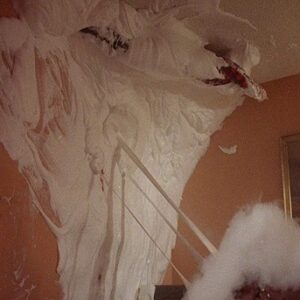

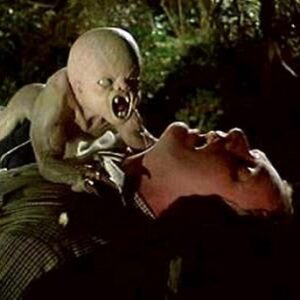
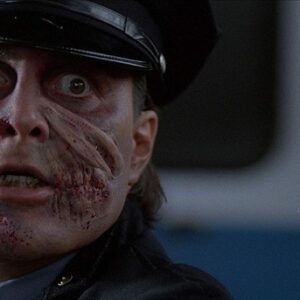
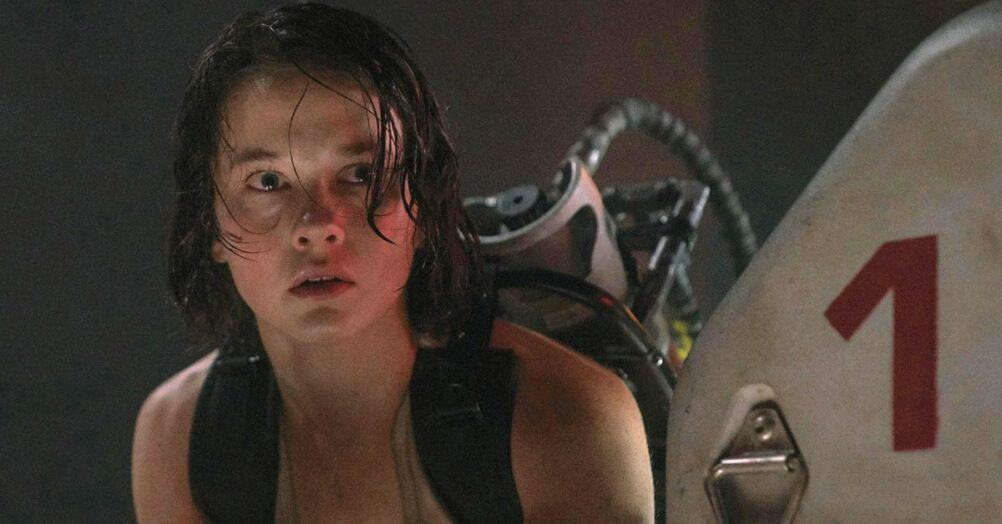


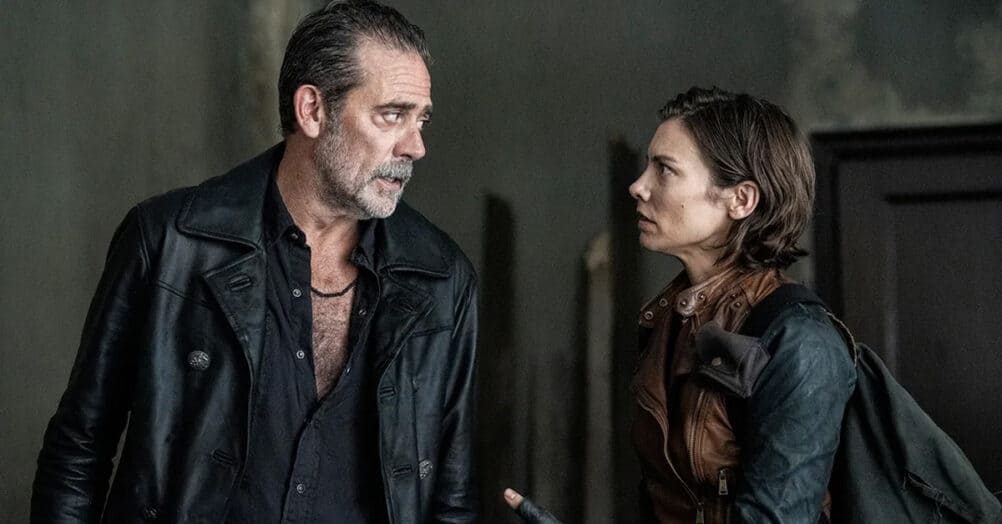
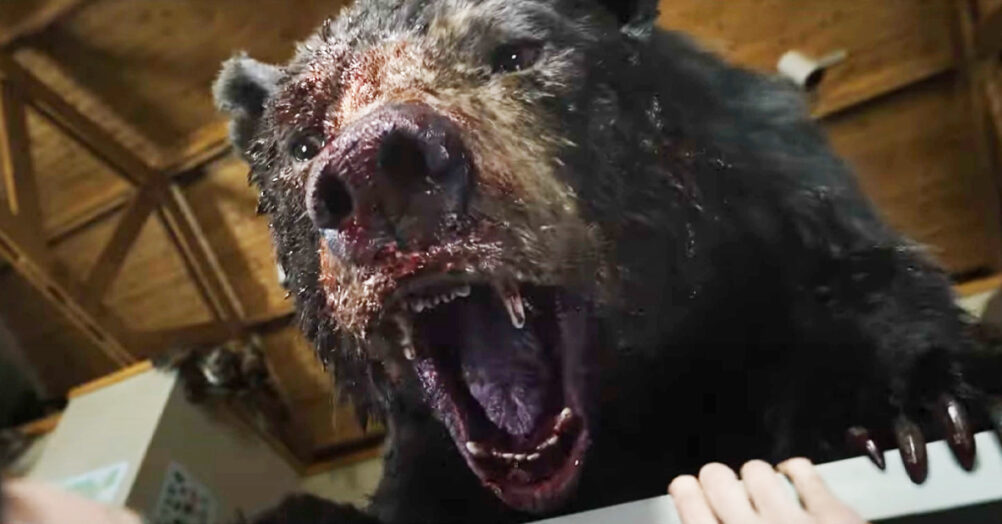

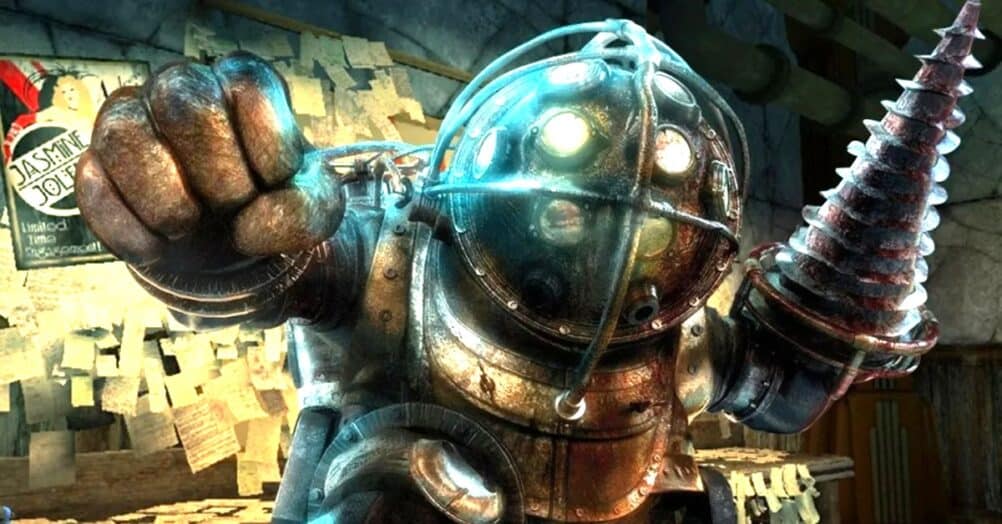
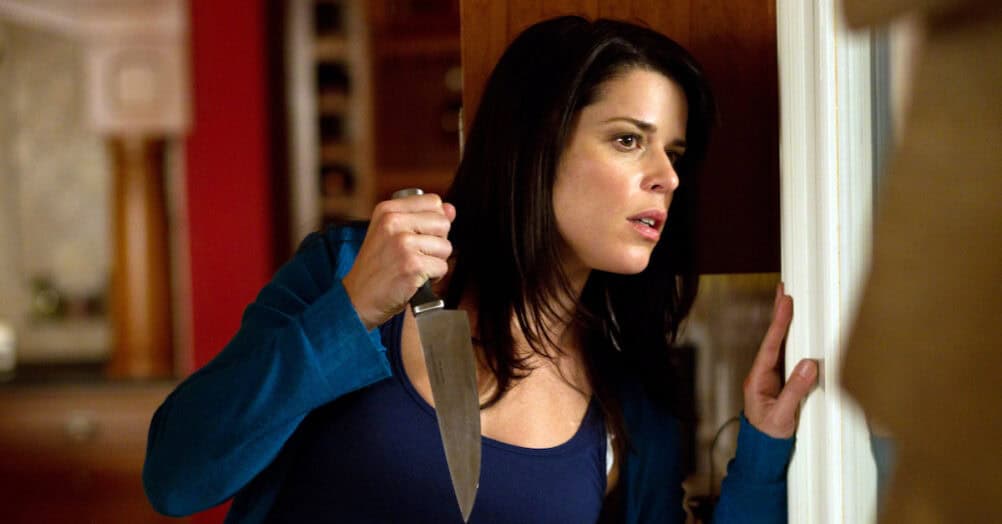


Follow the JOBLO MOVIE NETWORK
Follow us on YOUTUBE
Follow ARROW IN THE HEAD
Follow AITH on YOUTUBE